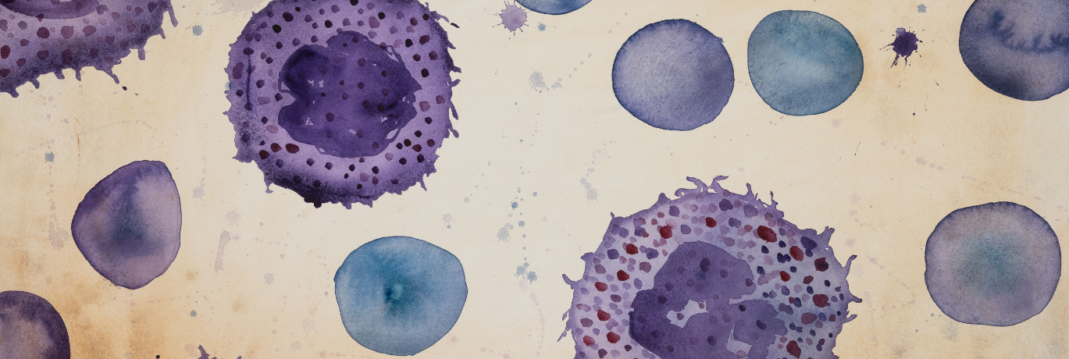Chronic stress induced disturbances in Laminin: a significant contributor to modulating microglial pro-inflammatory tone?
Pietrogrande G., Mabotuwana N., Zhao Z., Mahmoud A., Johnson S.J., Nilsson M., Walker F.R.Brain, Behavior, and Immunity, 2017.
In this study, Pietrogrande and colleagues have addressed the potential role of the extracellular matrix protein Laminin as a crucial factor to drive microglia into an inflamed state. Chronic restraint stress of C57BL6 adult mice over six weeks resulted in elevated levels of Laminin-α1 and pro-inflammatory markers such as TNF-α and iNOS, quantified by qPCR and western blot. Immunolabeling of Laminin-α1 identified pyramidal neurons and dentate gyrus to be their primary source within the hippocampus. Furthermore, Iba-1 staining of microglia revealed that chronic stress also strongly reduced the total branch length (15%), number of primary branches (47%) and number of branching points (68%) when compared to microglia of control mice. In vitro, primary microglia and BV2 cells grown on Laminin-111 expressed higher levels of TNF-α, IL-1β, and iNOS. In addition, LPS activation of microglia coated on Laminin-111 led to an increased pro-inflammatory state represented by higher pro-inflammatory cytokines level and phagocytic capability, both before and after stimulation. Interestingly, similar to observations made in vivo, microglia cultured on Laminin- 111 had fewer ramifications compared to control. These results, thus, expose the capability of chronic restraint stress in modulating Laminin within the CNS, an effect that has implications for understanding environmental mediated disturbances of microglial function.

Talk to our team for customized support
We are here to help you in your journey.